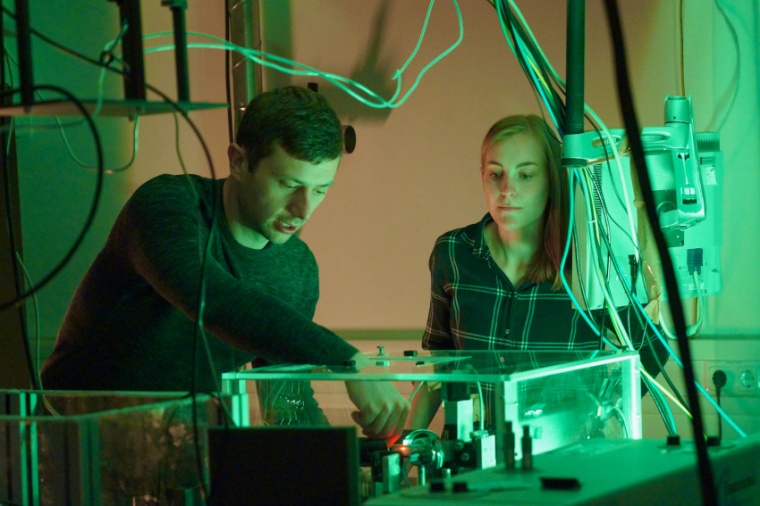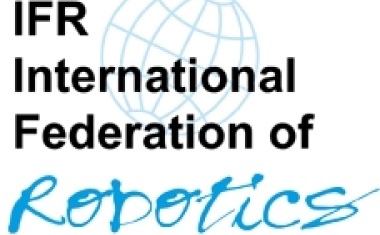Terahertz spectroscopy probes crystallinity
New method is well suited for determining the crystallinity of active pharmaceutical ingredients.
Many active pharmaceutical ingredients dissolve only poorly in water. If a drug is taken orally in the form of a tablet, it is possible that the active ingredient dissolves only insufficiently in the gastrointestinal tract and thus cannot be completely absorbed by the human body. Increasing solubility and the associated increase in bioavailability is therefore one of the key challenges in current pharmaceutical research. Over the past few years, a team lead by Cornelia Keck from the Philipps-Universität Marburg has developed a solution to this problem – “smartFilms” or paper tablets.

In this approach, the respective active ingredient is first dissolved in a suitable solvent. Subsequently, commercial paper is loaded with the active ingredient solution. The solvent evaporates and the active ingredient molecules remain distributed in the cellulose matrix of the paper. However, they do not crystallize but remain in an amorphous state up to a certain paper-to-active ingredient ratio. The advantage: the amorphous form of an active ingredient exhibits significantly increased solubility in aqueous media, thus enabling the application of poorly soluble drugs. “Our method represents a particularly simple and cost-effective way of stabilizing amorphous active ingredients”, explains Cornelia M. Keck, head of the working group at the Institute of Pharmaceutical Technology & Biopharmacy.
Nevertheless, verification of the crystallinity state of the active ingredient is necessary. A team from the Semiconductor Photonics group of the department of physics at Philipps University Marburg uses terahertz radiation for this purpose. “Since terahertz radiation interacts with crystal vibrations, it can be used to study crystalline solids, among many other things. Terahertz spectroscopy is therefore well suited for determining the crystallinity of active pharmaceutical ingredients,” says Martin Koch. In their study, the researchers investigated indomethacin, an analgesic that is mostly used in the course of rheumatic diseases, as well as for swelling or inflammation. They found that indomethacin is amorphous up to a loading of 15 % in the paper.
At higher loadings, the active ingredient subsequently crystallizes into a different crystal form, the alpha form. This dissolves better in aqueous media than the original crystal form of indomethacin and is therefore also an improvement on the commercially available (gamma) form. “One advantage of our studies using terahertz spectroscopy is that we can measure the paper tablets non-destructively without having to first transfer them into smaller samples. This represents a significant advantage over the more established X-ray diffractometry. Our results also illustrate that terahertz spectroscopy can be a promising method in the quality assurance of pharmaceutical products,” explains Enrique Castro-Camus, visiting professor in the department of physics at Philipps University Marburg. (Source: U. Marburg)











